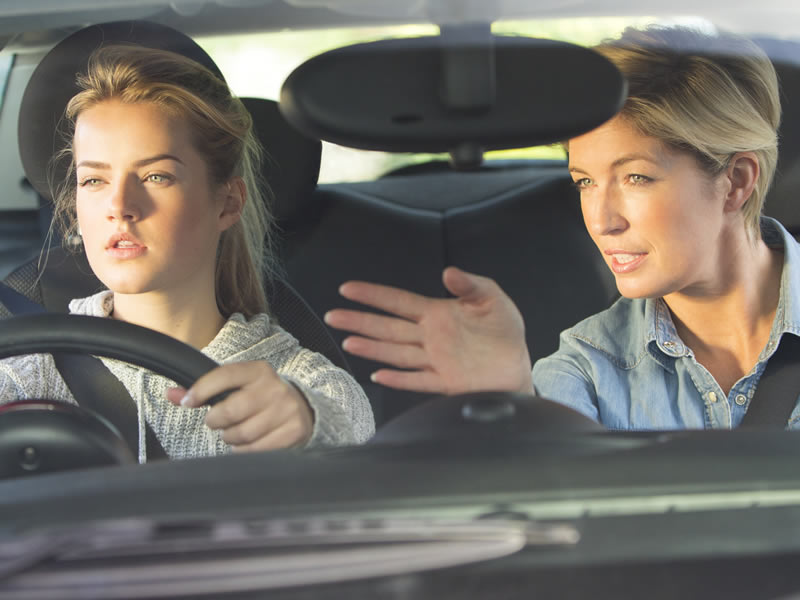All drivers in the state of California must receive a provisional, or “learner’s,” permit before getting an official driver’s license. Learner’s permits are restricted licenses that allow the holder to drive only in certain circumstances – generally under the supervision of an adult with a valid driver’s license. Learner’s permits are for drivers who are still learning the ropes and have not yet satisfied all the requirements for a driver’s license.
In most cases, drivers must use the learner’s permits for one year before qualifying for a regular license. This helps reduce the probability that a teen driver will get into a car accident in California. Many drivers get their permits at the age of 15 to start driving by the time they turn 16 – the legal driving age in California. If you’re applying for your learner’s permit as someone over the age of 18, here’s how your experience might differ from that of an underage driver.
THE GRADUATED DRIVER LICENSE PROCESS FOR THOSE OVER 18
According to the Centers for Disease Control and Prevention, 2,333 teenagers ages 16 to 19 died in car accidents in a single year. That’s around sixteen deaths per day. The state of California has initiated what it calls the “Graduated Driver License” program, or GDL, in an effort to reduce the high number of car accidents involving teenagers. The GDL program requires all unlicensed drivers, regardless of age, to first obtain a provisional permit. To get a learner’s permit, you must be at least 15 ½ years old. Those 17 ½ and younger must take a Driver’s Education course before getting their permits.
If you’re 18 or older at the time of applying for a learner’s permit in California, you don’t have to take Driver’s Ed. While not a requirement, you may want to take a course anyway to help lower your car insurance costs. Most insurance companies offer discounts for drivers who have taken some type of education course. Taking Driver’s Ed can also help you become a safer, more prudent driver. State-approved Driver’s Ed courses consist of 25 classroom hours and six hours of driver training. To apply for your permit as someone over 18, you will need to complete the application, present all necessary documents, pass a test, and pay the application fee.
The first step toward your license if you don’t want to take Driver’s Ed as someone over 18 is visiting your local Department of Motor Vehicles (DMV) and taking the learner’s permit exam. The exam will test your knowledge on roadway signs, rules, and best practices. It involves an eye exam and written test. The exam has 46 questions. You will need to get at least 37 correct to pass. Bring your completed learner’s permit application (not available online), proof of Social Security, birth certificate, proof of identity, and proof of California residency. Your parent or guardian will not need to sign your application if you’re over the age of 18.
DRIVING RULES FOR PERMITTED DRIVERS OVER 18
If you pass the permit exam and pay the $35 fee, you’ll receive your California learner’s permit. You have 12 months to complete all the required steps toward qualifying for a driver’s license once you have a permit. Missing the deadline means you will have to repeat all the aforementioned steps to get another learner’s permit. Even if you’re over the age of 18, you cannot drive alone with only a learner’s permit. Until you have your regular license, you must bring a parent, guardian, spouse, or other adult who is at least 18 years old (25 if you’re under 18) and has a valid license with you when you drive. The supervisor must sit close enough to control the vehicle, if necessary.
The process is similar if you wish to obtain a motorcycle or commercial learner’s permit. No matter the type of license, you will need to pass a behind-the-wheel driving test at your local DMV when it’s time to change your learner’s permit into a driver’s license. If you fail the test, you will need to retest until you pass. For more information about the learner’s permit and driver’s license processes for those over the age of 18 in California, contact your local DMV.



No Comment